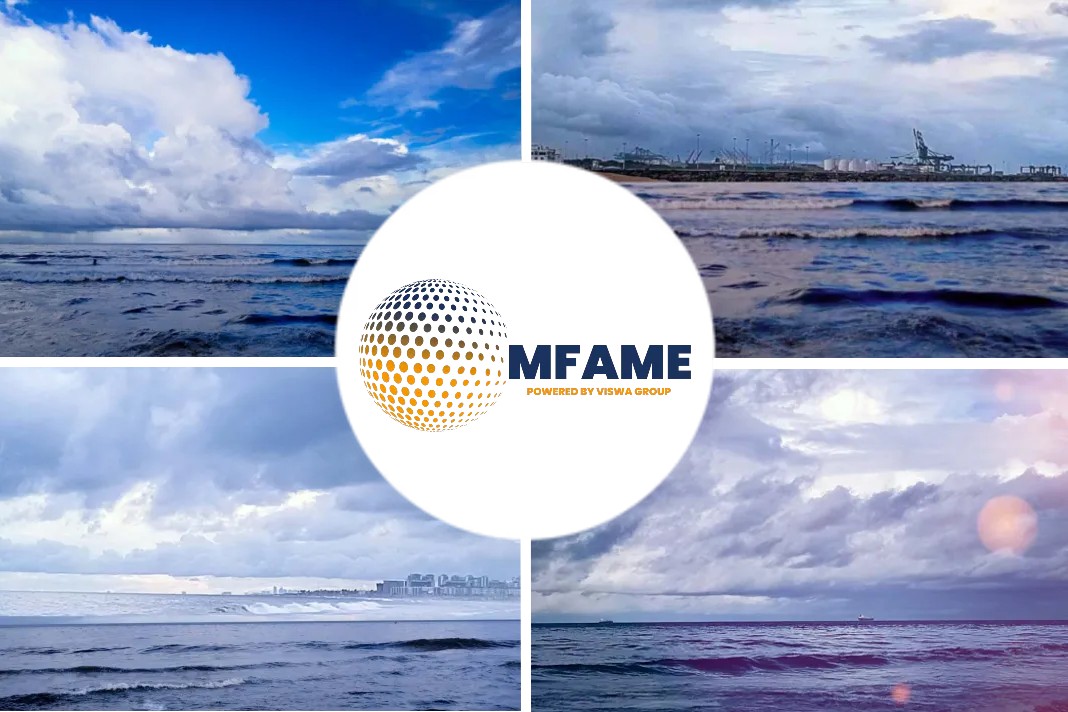Logistical challenges in container shipping are leading to missed opportunities to take advantage of commodity arbitrage windows, says an article published in S&P Global.
Fright rates hovering
Despite freight rates hovering at multi-year highs, wide West-East price spreads for some commodities, particularly metals and petrochemicals, are easily able to accommodate container shipping costs, but trading activity is uncharacteristically muted due to the risk of shipping delays, For most of the third quarter, US ferrosilicon prices traded at high premiums to Asia, after the US market grappled with a significant reduction in imports in the first half of the year and the closure of a domestic plant that restarted only mid-year.
Economy rebounded
Several US steel mills underestimated the strength and speed of the recovery in demand as its domestic economy rebounded from the pandemic lockdowns of 2020, according to market sources. Suppliers were also caught off-guard and struggled to import ferrosilicon to meet the increase in spot demand from steel mills that had inadequate cover from long-term contracts.
“I got an inquiry for ferrosilicon from a steel mill in June that shut last year during a lockdown and only restarted in the second quarter of this year. At the time I was being offered container freight from Malaysia to the US East Coast at $16,000/TEU and with no guarantee of when containers would be available for loading and the delivery date here in the US,” a trader said.
Difference in price
“The rate was not the problem, it was the fact there was no telling when the 10 containers would show up in the US. With the difference in price between the US and Asia, I could have made it work but for the lack of visibility on the availability of containers,” the trader added.
A producer said such a price premium in the US would ordinarily have opened an import arbitrage window. “The container situation made it impossible and then add to that the fact the US ferrosilicon market is normally illiquid, although it hasn’t been this year, as it turned out,” the producer source said. “Traders just weren’t able to take the risk of the material showing up much later than planned — what would have happened if the demand was no longer there by the time the containers did show up?”
The producer source said producers in Russia and Malaysia preferred to ship ferrosilicon to Asia because the lead times were shorter. “You get paid in two months shipping within Asia, whereas if you ship to the US, you get paid in five to six months.”
FOB terms risk
A second trader said he had tried on several occasions throughout the year to buy ferrosilicon from Brazil to import into the US. “Every time, they kept saying they were sold out until the fourth quarter,” the trader said. “Then when some of them were willing to make offers, they would only do so on FOB terms, leaving us with the risk and the responsibility of booking container freight.”
The door has now been shut on any US ferrosilicon import arbitrage opportunity following a surge in ferrosilicon prices in Asia over the past two weeks, Prices on a CIF Japan basis rose to $4,500-$4,700/mt Oct. 6 from $4,000-$4,300 Sept. 29 and $2,610-$2,660/mt Sept. 22, S&P Global Platts data showed.
The US assessment rose to $2.80-$2.90/lb ($6,174-$6,394/mt) over the same period, duty-paid in-warehouse US hubs basis, from $2,65-$2.75/lb Sept. 29 and $2.24-$2.25/lb Sept. 22. With premium container rates, including various surcharges heard at around $25,000/TEU from Asia to the US East Coast, landed prices in the US of Asian ferrosilicon are around $5,738/mt, according to Platts calculations — too low to incentivize Asian producers to sell to the US.
Asian prices have surged due to production cuts in China as a result of policies to curb power consumption and meet tough new pollution targets. Electricity accounts for about 60% of ferrosilicon production costs, according to market sources.
Asia-Europe LDPE arbitrage muted
The arbitrage between European low-density polyethylene on a free delivered Northwest Europe basis and Asia LDPE on a CFR Far East Asia basis was open over March to mid-September. At its peak on June 1, the spread after accounting for freight was $959.51/mt for large bags.
At that time, FD NWE LDPE was assessed at Eur2,160/mt or $2,639.30/mt, and CFR Far East Asia LDPE at $1,190/mt, putting the spread at a wide $1,449.30/mt, while the North Asia-North Continent container freight was assessed at $12,000/FEU.
A forty-foot container would fit about 24-25 mt of LDPE in big bags and 18-20 mt in small bags, putting the estimated $/mt freight cost at $489.80/mt for large bags and $631.58/mt for small bags — both well below the $$1,449.30/mt difference in product costs.
However, market sources noted that activity was limited. “The main problem is that we cannot predict where rates will go,” one PE trader said, While container shipping schedule reliability was a factor, another reason could be the lack of established relationships between the regions, as it is not a common trade route.
A tricky situation
“In general [there are] many delays. It’s really a tricky situation with high freight and the limited availability of containers, containers at the wrong port… many ships coming with a delay,” another European PE trader said.
The arbitrage window between the regions is currently shut, despite the relatively high price spread between the regions compared with historical levels, due to high freight costs, Freight rates, uncertain lead time and a lack of container space have been frequently cited by the European polymer market participants as barriers to the flow of plastics from Asia to Europe, even in markets such as acrylonitrile-butadiene-styrene, which in recent years has relied on the flow of imports from Asia to balance the European market.
Did you subscribe to our daily newsletter?
It’s Free! Click here to Subscribe!
Source: S&P Global



























